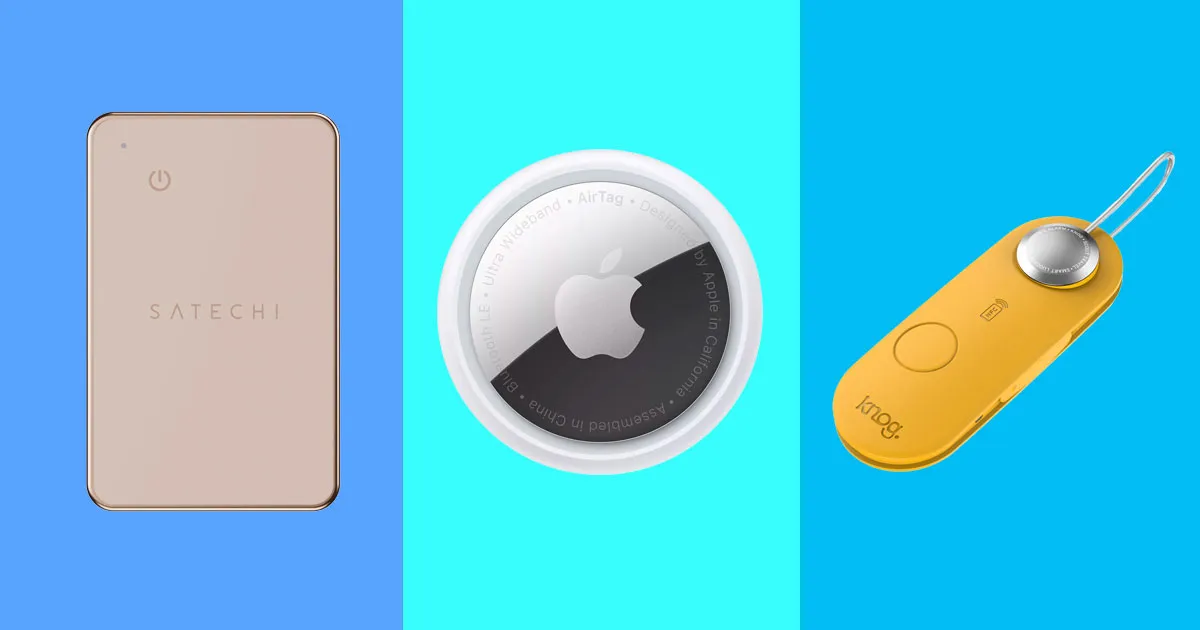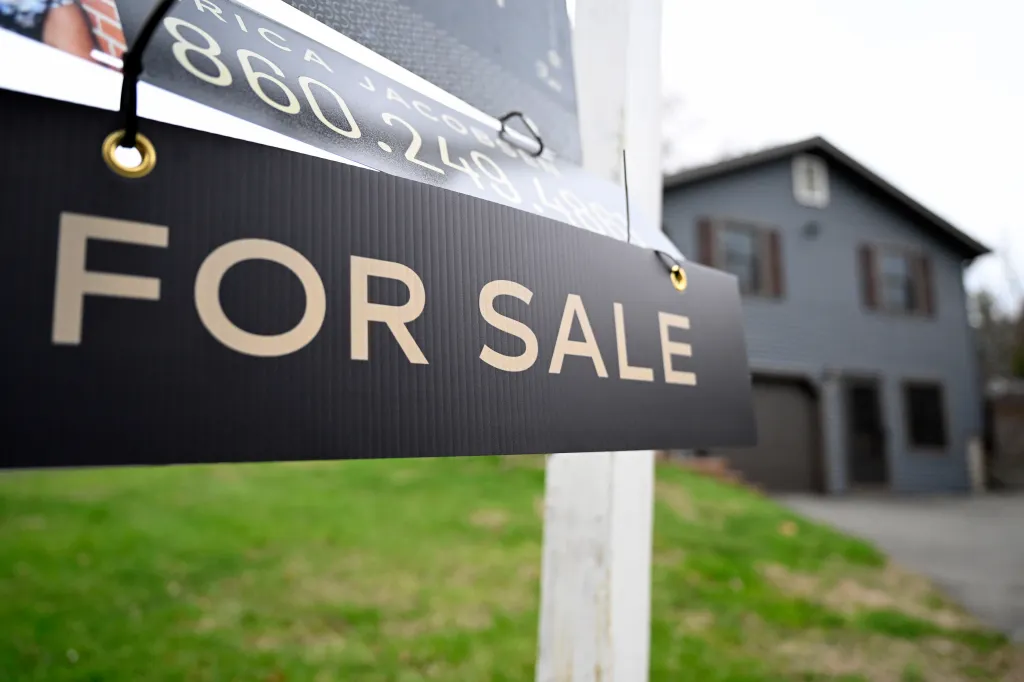
Up until recently, I was more likely to use Apple’s “Find My” feature to track friends than possessions. AirTags always seemed a little gimmicky and expensive, and I’m actually not all that prone to losing my keys or checking my luggage. Also, even though I guess you technically can’t lose them, I’ve always hated how small AirTags are as well as how they require some sort of additional key chain or sleeve that attaches to the item you’re tracking.
Perhaps others feel similarly, because a number of brands have come out with third-party Bluetooth trackers that still make use of the Find My app on iPhones but make up for the above flaws. I tested a few out to see how they compare to the original AirTag.
Find My–compatible Bluetooth trackers tap into a vast network of surrounding iPhones, MacBooks, and other Apple devices in order to show up on the Find My map (the same one you use to find lost phones and spy on friends) as well as alert you when they’ve been left behind. I’m not sure there’s any room left on earth that doesn’t have at least an iPad lying around in it, so these trackers are highly reliable. Although there’s always some lag.
Third-party Bluetooth trackers will show up on the Find My app, but only Apple’s own AirTags come with Precision Finding technology, which pulls up an extra screen when you’re searching for your item and tells you when you’re getting closer. Non-AirTag trackers will merely show you where your item sits on a map (it’ll still be fairly obvious when your own dot intersects) and allow you to trigger an alarm in order to find it.
New! You can now save this product for later.
I’m not sure that the difference between precision and non-precision tracking is meaningful for most people. Any Bluetooth tracker will show the rough coordinates of your item plus its (hopefully-not-moving) blue dot on the map. From there, you just trigger, then follow the ringing sound.
Furthermore, non-Apple trackers often come with useful extra design features. I’m a particular fan of card-shaped trackers that can slip into a wallet. Strategist senior writer Michael Zhao recently wrote about how the ultraslim card-shaped Nomad tracker (which he learned about from Joel Kim Booster’s list of things he can’t live without) has changed his life. My card-shaped tracker is from Satechi, but I use it the same way. And I’ll note that it has an impressively loud and annoying alarm and a long battery life. (I’ve actually never even had to recharge it.)
New! You can now save this product for later.
New! You can now save this product for later.
I also really like Knog’s Bluetooth trackers. The brand’s screw-mounted bicycle tracker has a built-in motion sensor that allows you to trigger a loud alarm and deter thieves. And its luggage tracker (which, unlike an AirTag, comes with its own key ring) has a QR code that the person who finds it can use to view your contact information. (AirTags can also give out contact information when they’re in Lost Mode, but it requires a few extra steps on the loser’s and finder’s part.)
New! You can now save this product for later.
New! You can now save this product for later.
If your phone doesn’t have Apple’s Find My app, none of the above trackers will work. But you should have similar luck finding your lost stuff when using Tile (which, as one of the original smart tracking devices, still has a large network of users to ping from) or your phone brand’s own Bluetooth tracking network.
New! You can now save this product for later.
New! You can now save this product for later.
More From The Strategist
I’m Extremely Picky About My Pens. After Years of Testing, I Have 10 Favorites.
So You’re Looking to Outfit Your Kitchen From Scratch …
The Strategist Fall 100
What Sally Jessy Raphael Can’t Live Without
See All



